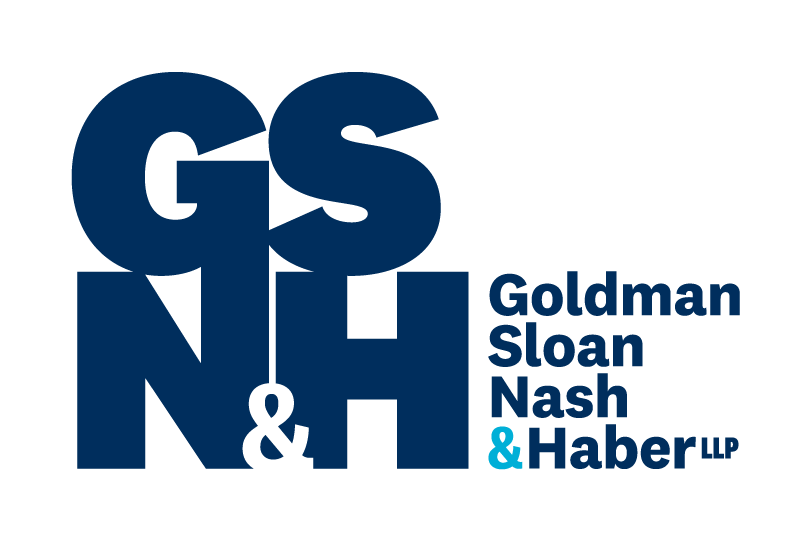A recent decision of the Federal Court considered an assertion of patent infringement that had been made to the defendant’s customer.
The Facts
The plaintiff was the licensee of a patent and an industrial design. Both the patent and the design related to an expandable garden hose made up of an inner flexible, stretchable hose encased in an outer fabric hose. The hose was quite compact when no water pressure was applied but under pressure the inner hose stretched only to be constrained by the length of the outer fabric. The expandable hose product was marketed in Canada under the name XHOSE.
The defendant also sells hoses in Canada including an expandable hose marketed under the trademark POCKETHOSE.
In the latter half of 2012, a large retailer agreed to purchase the plaintiff’s XHOSE product and a number of orders were placed for it. However, in April of 2013 the defendant’s representatives approached the retailer concerning the purchase of POCKETHOSE product. The defendant offered the retailer an indemnity in respect to any lawsuit the plaintiff might bring.
When the plaintiff learned of this development it caused its representatives to approach the retailer. During a course of meetings and other related exchanges, these individuals left the retailer with the impression that it would be sued by the plaintiff for patent infringement.
The Action
The plaintiff brought an action in the Federal Court asserting that the defendant’s hose infringed its patent and industrial design. The retailer was not a defendant. The defendant defended the action on the basis, among other things, that the patent and design were invalid. In addition, the defendant alleged that the plaintiff’s assertions of the validity of the patent and design were directed at customers and perspective customers of the defendant and violated subsection 7(a) of the Trade-marks Act.
As the action progressed both the patent and the design were found to be invalid, leaving only the issue of the alleged breach of subsection 7(a) to be dealt with and only with respect to the retailer.
Subsection 7(a)
Subsection 7(a) provides that no person shall make a false or misleading statement intending to discredit the business, goods or services of a competitor. For the purposes of the subsection statements only need to be misleading without being shown to be false. In addition, the plaintiff does not have to establish malice or knowledge of the falsity of the statement to succeed.
All the plaintiff needs to establish is:
- a false or misleading statement;
- that tends to discredit the business or business, goods or services of a competitor; and
- resulting damages.
The judge reviewed the relevant cases and concluded that not every assertion of rights relating to a patent or an industrial design that was subsequently held to be invalid would constitute a false and misleading statement. The court must inquire as to the nature and the circumstances of the assertion and any subsequent conduct by the party making the assertions.
The judge concluded that the plaintiff’s representatives deliberately and skillfully left the retailer with the impression that the plaintiff would sue it for patent infringement. However, as the patent and design were invalid, this statement was false and misleading and intended to discredit the goods of the defendant contrary to section 7(a) of the Trade-marks Act.
As noted above, damages are an essential element in a claim under subsection 7(a). In this case, the retailer never placed any further orders for the POCKETHOSE after having listened to the assertions made by the plaintiff’s representatives. However it seems that the retailer was happy with the XHOSE product and intended to continue to sell it. The POCKETHOSE purchase was only a one time promotional purchase and the retailer did not wish to sell both products because of potential inventory problems.
While the discussions with the plaintiff’s representatives were stressful, they ultimately played no part in the decisions made by the retailer. As a result, the judge concluded that there was no causal link between the false and misleading statements made by the plaintiff and the damages alleged to have been suffered by the defendant.
Comment
From the plaintiff’s point of view it can be effective to claim that a defendant’s customers are infringing. However, there are risks of proceeding in this manner when the patent in issue is subsequently found to be invalid.
John McKeown
Goldman Sloan Nash & Haber LLP
480 University Avenue, Suite 1600
Toronto, Ontario M5G 1V2
Direct Line: (416) 597-3371
Fax: (416) 597-3370
Email: mckeown@gsnh.com
These comments are of a general nature and not intended to provide legal advice as individual situations will differ and should be discussed with a lawyer.
